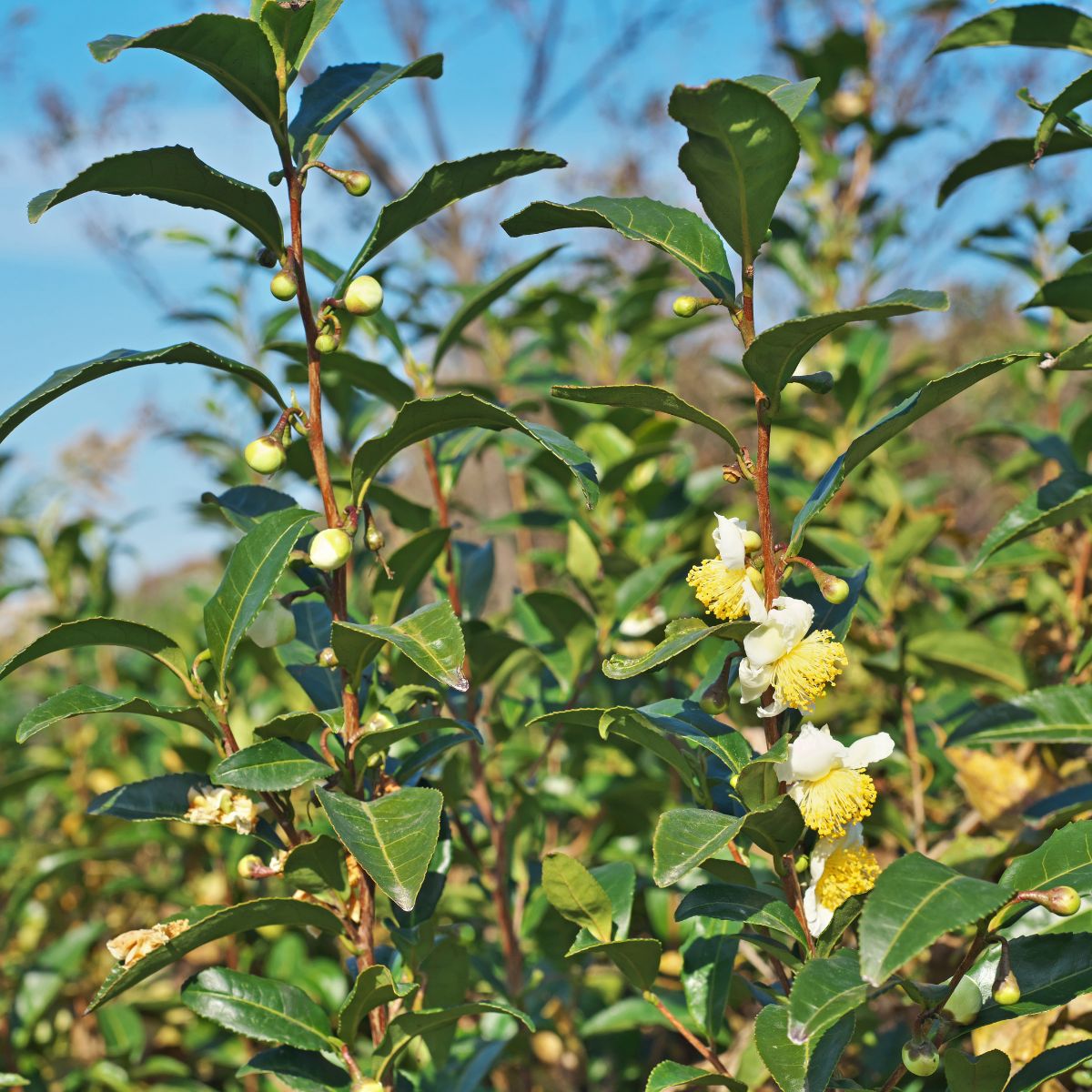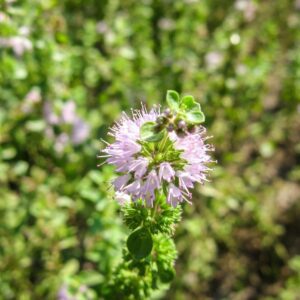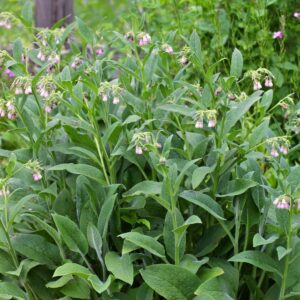The teabush, also known as Camellia sinensis, is a small evergreen shrub native to China and Southeast Asia. It is best known for its leaves, which are harvested and processed to produce the popular beverage known as tea. The tea plant is now cultivated in many parts of the world and is vital to the global economy.

Read Next
Teabush Other Names
The teabush, Camellia sinensis, is known by several common names that reflect its widespread cultivation and importance in the global tea industry.
Common names for this plant include tea plant, tea tree, tea shrub, Chinese tea plant, Indian tea plant, Assam tea, Darjeeling tea, green tea plant, black tea plant, white tea plant, and oolong tea plant. It is also referred to as Camellia tea, tea camellia, tea flower, tea bush, tea leaves, and Camellia leaves.
These names are used interchangeably and reflect the plant's significance in the production of a variety of teas enjoyed around the world, as well as its use in traditional medicine and cultural practices.
Description
The tea plant grows up to 6-10 feet tall and has glossy, dark green leaves that are about 4 inches long and 2 inches wide. The plant produces small, white flowers that bloom in the fall and small fruit capsules that contain 1-2 seeds. The leaves of the plant are harvested and processed to make different types of tea, including black, green, white, and oolong tea.



Cultivation and Processing
Tea plants are typically grown in tropical and subtropical regions with warm and humid climates. The plants require well-drained soil and partial shade to thrive. The leaves of the plant are typically harvested by hand, although some larger tea plantations use machinery to harvest the leaves.
Types Of Tea
After harvesting, the leaves are processed to create different types of tea. For black tea, the leaves are withered, rolled, oxidized, and dried. For green tea, the leaves are withered, pan-fried or steamed, rolled, and dried. For white tea, the leaves are simply withered and dried without any additional processing. For oolong tea, the leaves are partially oxidized before being rolled and dried.
Health Benefits
Tea has been consumed for centuries for its medicinal properties and health benefits. Studies have shown that tea contains several compounds that may have antioxidant, anti-inflammatory, and anti-cancer properties. These compounds, including polyphenols and catechins, may help to protect against chronic diseases such as heart disease, diabetes, and cancer.
In addition to its potential health benefits, tea is also a source of caffeine, which can help to improve alertness and cognitive function.



Cultural Significance
Tea has played an important role in many cultures and traditions around the world. In China, tea is an important part of daily life and is often served during social occasions and ceremonies. In Japan, the tea ceremony, or chanoyu, is a highly ritualized and formalized event that emphasizes the importance of simplicity, harmony, and respect.
Tea has also had a significant impact on global trade and the economy. Tea was one of the first products to be traded on a global scale, and its popularity has led to the development of large-scale tea plantations and processing facilities in many parts of the world.
Conclusion
the teabush is a fascinating plant that has significantly impacted human culture, health, and the global economy. From its humble origins in China, tea has become one of the world's most popular beverages and a symbol of hospitality, comfort, and tradition.
Whether enjoyed for its health benefits or cultural significance, tea will likely continue to be a beloved beverage for generations.





Comments
No Comments